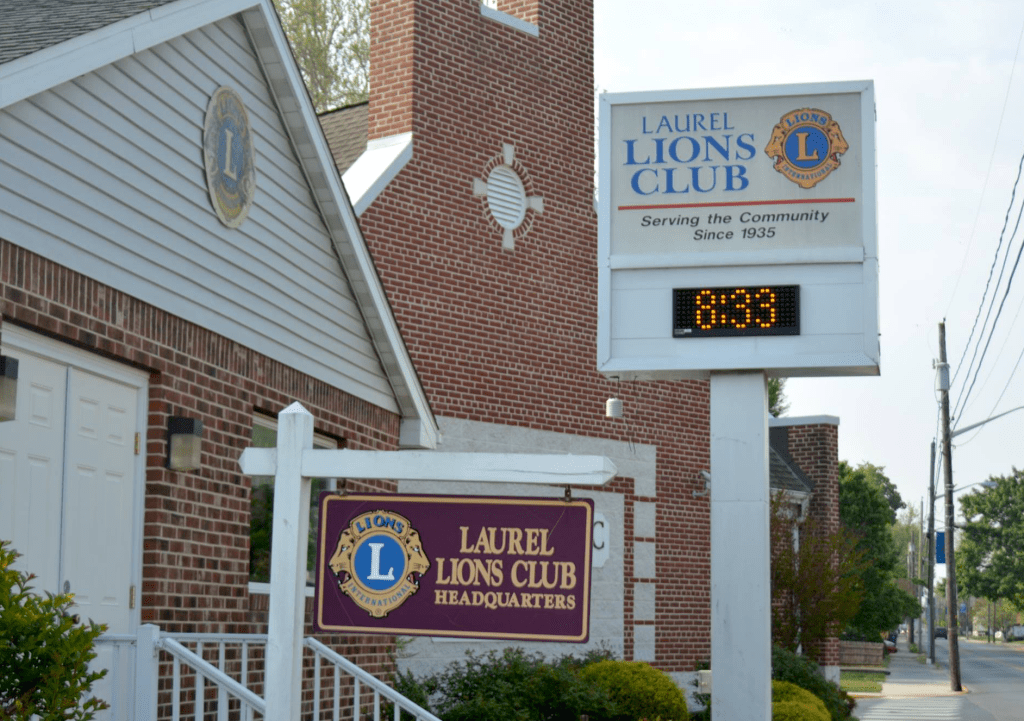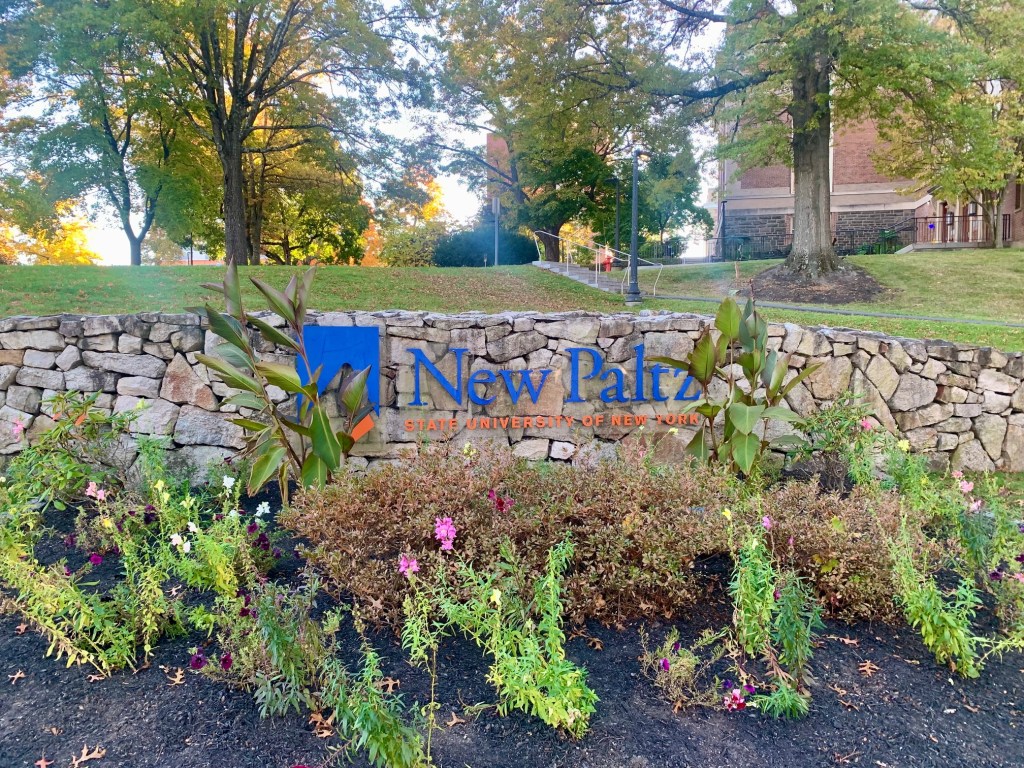
On September 11, 2025, I became a member of the Laurel Lions Club in Laurel, Delaware. I had recently relocated to Delaware from NYC and wanted to be part of a community group that had a long history in Laurel. The club provides me with an opportunity to get involved with charitable events and projects and meet like-minded people. The Laurel DE Lions Club has been serving the community since its formation in 1935. It is part of the Lions Club International Multiple District 22, which encompasses Delaware, Maryland, and Washington, D.C. The Laurel DE Lions Club in District 22-D was formed on November 29, 1935.
This local club is connected to the global Lions Clubs International, the largest service club organization in the world, with more than 1.4 million members in over 48,000 clubs serving in 200 countries. Since 1917, Lions have strengthened local communities through hands-on service and humanitarian projects. We are focused on supporting vision, the environment, childhood cancer, hunger, diabetes, and other pressing humanitarian needs to help address some of the biggest challenges facing humanity.
My goal is to help promote the history and work of the Laurel DE Lions Club, with the ultimate aim of increasing its membership over time. Does the idea of becoming part of something greater than yourself appeal to you? Do you want to contribute to an organization whose focus is to make the world a better place? If so, then become a Lion.

Here are my top three reasons to join a Lions Club:
Local and Global Impact – Lions Clubs are world-renowned for their dedication to service. When you become a Lion, you’re not just attending meetings; you’re actively involved in projects that make a real difference, both locally and around the world. You’ll help decide where the club’s efforts and funds are needed most in your town, whether it’s collecting glasses, providing scholarships, or supporting a local food pantry. As part of Lions Clubs International, your local efforts contribute to a vast global network that addresses significant humanitarian challenges, including the worldwide fight against preventable blindness.
Develop Leadership Skills and Professional Growth – Lions Clubs are excellent training grounds for leadership. Regardless of your current profession or experience, being a Lion gives you practical, hands-on opportunities to lead projects, manage budgets, and organize events. You can volunteer to chair a committee, organize a fundraiser, or serve as a club officer (Treasurer, Secretary, President). You’ll connect with successful, service-minded people from diverse backgrounds in your community, expanding your personal and professional network in a meaningful way.
Gain a Sense of Purpose and Personal Fulfillment – Giving back is scientifically proven to boost happiness and well-being. By dedicating your time and energy to helping those in need, you gain a powerful sense of purpose that extends beyond your daily routine. There is nothing more fulfilling than seeing the direct, positive results of your efforts, like helping a child receive a life-changing eye exam or ensuring a family has food on their table. Your dedication has the power to meaningfully impact the lives of those who need it most.
So are you ready to be a Lion? Contact your local Lions Club today!






